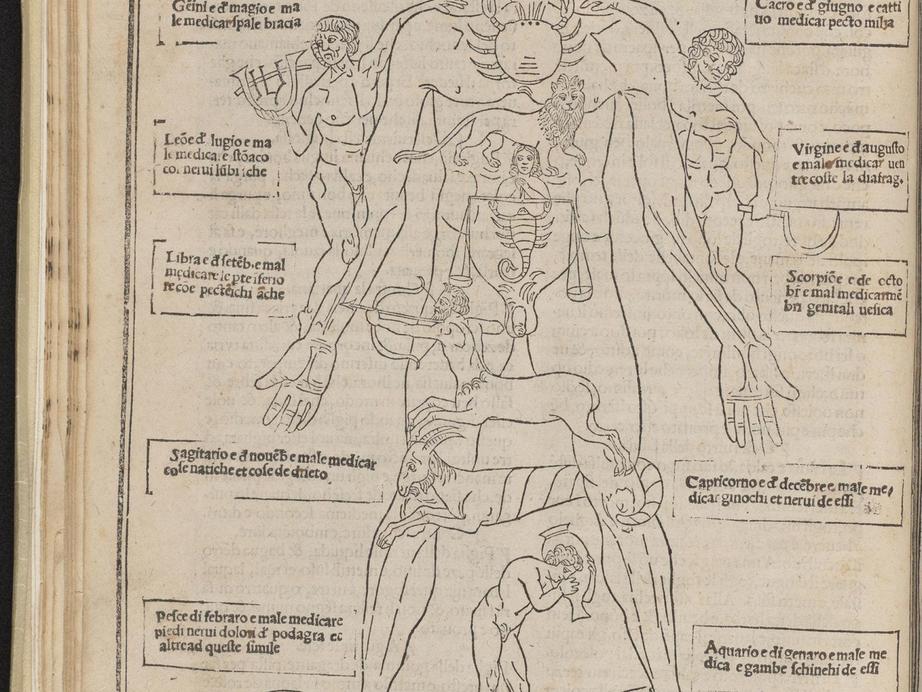From urine tasting to bloodletting, an unusual 16th century guide for doctors
Urine tasting. Bloodletting. Plague. The life of a 15th- and 16th-century doctor wasn’t always savory, but it was never dull — and it was made easier with a groundbreaking anatomy book.
The book, Fasciculus Medicinae, was a guide to all things medical, including treating wounds and diagnosing complications in pregnant women. Now, thanks to an online exhibition from the New York Academy of Medicine, you can delve into its sometimes bizarre take on medicine at a critical moment for the profession.
“Facendo Il Libro: The Making of Fasciculus Medicinae, an Early Printed Anatomy” takes readers on a tour of one of medicine’s most influential texts. It was first printed in 1491 by a pair of Venetian brothers who brought together a group of medical treatises and added illustrations.
Over the next century, the book was reprinted and embellished, and the exhibition shows the evolution of medical knowledge that occurred as medicine morphed from medieval understandings of the body to a more enlightened Renaissance perspective.
Perhaps the most fascinating part of the book is its illustrations. There’s the Zodiac Man, a male figure whose body is split up into sun signs and instructions on how to let blood depending on the time of year. There’s Wound Man, an illustration of a down-on-his-luck person with life-threatening wounds from such weapons as arrows and clubs. Disease Man offers insight into the kinds of illnesses a doctor would have diagnosed and treated.
Whether you want to learn how doctors would have tasted the urine of diseased patients or to compare how the book developed over the years, the exhibit is packed with visuals and text that show just how influential Fasciculus Medicinae became.
Case in point: It contained the first printed scene of human dissection, an image that transformed the way physicians thought about the body. Entertaining, insightful and often disgusting, the exhibition is a chance to reflect on just how far medicine has come — and how differently the people of the past viewed anatomy and disease.

